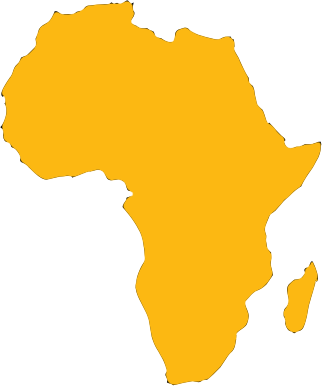The Rise of John Steenhuisen: The Fall of The Blue Wave
By Musa Mdunge
As the dust settles on the Democratic Alliance’s elective conference that saw its interim leader, John Steenhuisen become the official federal leader of South Africa’s official opposition. Let me say from the start that his elections affirm with the greatest clarity that the blue wave of expanding its influence across South Africa has been reversed, with a focus on protecting its traditional voter base, mostly white, while rejecting the politics of race, which sits at the heart of black concerns.
Let me expound on why I hold this view. Firstly, the genesis of what we now know as the Democratic Alliance is born as a merger of the formerly known liberal party, the Democratic Party, and the New National Party. The merger between the Democratic Party and some within the NNP saw the creation of the DA and solidified its status as the official opposition, a position it already held since1999, as it represented the interests of white liberals and white conservatives and centrists wings of the electorate.
The implications of this meant that while the ANC would continue to seek out the broad church for all other sections of the South African electorate, the DA was firmly positioned to be the voice of the white minority and thus advocate for policies that would advance the interests of white people and democratic South Africa. However, political ambition is key to survival and so naturally the chance to govern the Western Cape and other provinces led to the need to expand its base beyond white people. As a result, the DA under its new leader at the time Helen Zille pursued the biggest programme of attracting not only new black talent in the party but also pursue other racial groups, in a bid to challenge the ANC’s dominance and many ways this was working.
The bringing in of Patricia de Lille, a well-known former PAC leader, the rise of Lindiwe Mazibuko and Mmusi Maimane was a strong push to attract the coloured and black vote away from the ANC. The rise of Zuma and the demise of institution-building due to state capture saw the DA rise, solidifying its power in the Western Cape while seeing its support in provinces like Gauteng and KwaZulu-Natal grow.
It seemed as if the blue wave was rising but the election of Mmusi Maimane to the detriment of leaders like Mazibuko being undermined by Zille, saw the exodus of key black leaders begin. First with Mazibuko (who represented the rise of black intelligencia in the DA), then Patricia de Lille’s exit from the party, which threatened to undermine the party’s hold onto the coloured vote (which I might add it successfully defended in the 2019 election) and finally the resignation of Mmusi Maimane and Johannesburg Mayor, Herman Mashaba, became the final straw for the rise of black leadership in the party.
Today, the party’s leadership mirrors the 1999/2000 leadership under the days of Tony Leon but more, so the party has chosen to return to that past, choosing to divorce race issues and rather attempt a humanist approach to its politics. Even as Steenhuisen tried to reaffirm the DA’s commitment to all South Africans, the humanist argument he tried to lay before us all, was simply a cover-up of the DA’s decision to rather focus on its core base in fear that the loss of 4% of its electoral support to mostly the Freedom Front Plus (VP+) was due to the party moving away from its traditional policy positions and saw fear rather than true introspection about the effectiveness of the party PR programme won the day.
Yes, you read right! It is the fear of supporting transformation that has led to the white-wash and black exodus. This is because it cannot be denied that given that South Africa’s economic income and wealth inequality exerts itself via race and gender inequality, a programme of equitable transformation would have to focus on improving the lives of the black majority with some form of sacrifice of white wealth. However, the failure of the DA to bring their traditional base with the new black base is the failure of leadership and not ideals.
They have thrown away both and what will it cost the party? Simple, the blue wave of the 2009 and 2014 election has met a blue wall. The party has itself self-destructed and begs to argue that it has seeded ground to the ANC and in some way the EFF. Moreover, the rise of liberal black parties may further see the party lose its black vote.
Fellow South Africans the DA is now an official opposition by electoral results and not by ideals and broad message to stand for all South Africans. The question is what does this mean for South African politics moving forward? Is this the gift the ANC needed as it deals with its internal battles and weaknesses? Or will a new party rise to be a true alternative to the ANC and thus strengthen electoral competition., strengthen the democratic project as we try to rebuild the South African economy? You decide!
Article Tags
DA's Elective Conference Outcome
 Africa
Africa Education
Education Joburg
Joburg South Africa
South Africa Greatest Africans
Greatest Africans Africa
Africa Education
Education Joburg
Joburg South Africa
South Africa Greatest Africans
Greatest Africans